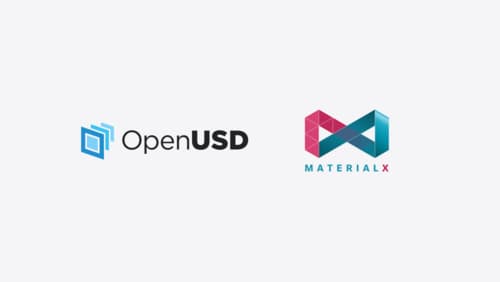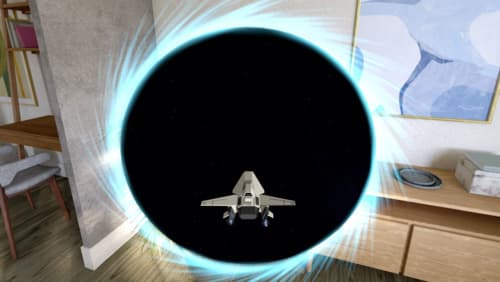What's new with the shader graph?
Asked on 2024-07-16
1 search
Shader Graph has received several updates and enhancements as presented in various sessions at WWDC 2024. Here are the key highlights:
-
MaterialX Shaders in Shader Graph:
- RealityKit now supports MaterialX shaders in Shader Graph, a shader creation system within Reality Composer Pro. This feature is now available across VisionOS, iOS, iPadOS, and macOS, allowing for consistent visuals across these platforms. Shader Graph enables designing shaders without coding, making experimentation fun and fast. Several bespoke nodes are available to creators, which can be integrated into content creation applications to streamline workflows (What’s new in USD and MaterialX).
-
Hover Effects and Shader Graph Integration:
- New hover effects and shader styles have been introduced, which integrate with Shader Graph materials in Reality Composer Pro. This allows for advanced visual effects, such as custom hover effects that light up specific parts of a model when interacted with. The hover state node in Shader Graph provides inputs like intensity value, which can be animated to create dynamic visual effects (Discover RealityKit APIs for iOS, macOS and visionOS).
-
Environment Radiance Node:
- The environment radiance node in Shader Graph can be used to add more realistic lighting effects to materials that do not require full PBR shaders. This node allows the use of shading information from image-based lighting (IBL) within an unlit shader graph, providing reflections and other lighting effects without the need for complex shaders (Optimize your 3D assets for spatial computing).
-
Shader Debugging and Profiling:
- Enhanced tools for debugging and profiling shaders have been introduced. The shader profiler now supports new features for converted shaders, helping identify bottlenecks by displaying the most expensive shader function calls and annotating source code with performance statistics. This provides deep insights into shader execution and helps debug complex shader issues (Port advanced games to Apple platforms).
These updates make Shader Graph a powerful tool for creating and optimizing shaders across Apple's platforms, enhancing both the development process and the visual quality of applications.

Port advanced games to Apple platforms
Discover how simple it can be to reach players on Apple platforms worldwide. We’ll show you how to evaluate your Windows executable on Apple silicon, start your game port with code samples, convert your shader code to Metal, and bring your game to Mac, iPhone, and iPad. Explore enhanced Metal tools that understand HLSL shaders to validate, debug, and profile your ported shaders on Metal.

What’s new in USD and MaterialX
Explore updates to Universal Scene Description and MaterialX support on Apple platforms. Discover how these technologies provide a foundation for 3D content creation and delivery, and learn how they can help streamline your workflows for creating great spatial experiences. Learn about USD and MaterialX support in RealityKit and Storm, advancements in our system-provided tooling, and more.

Discover RealityKit APIs for iOS, macOS and visionOS
Learn how new cross-platform APIs in RealityKit can help you build immersive apps for iOS, macOS, and visionOS. Check out the new hover effects, lights and shadows, and portal crossing features, and view them in action through real examples.
